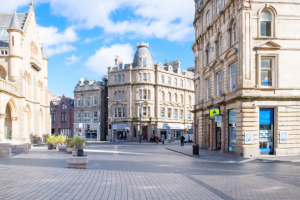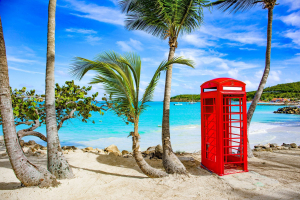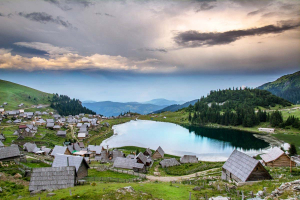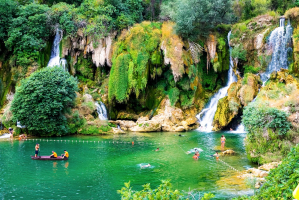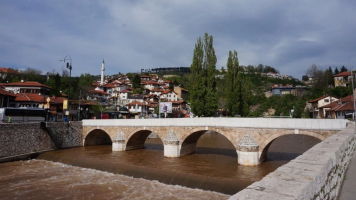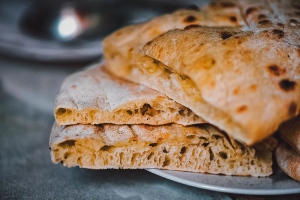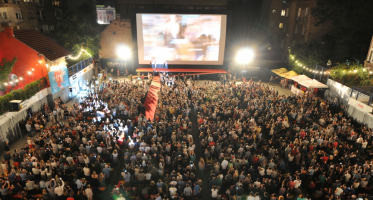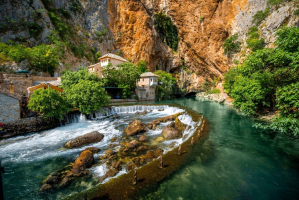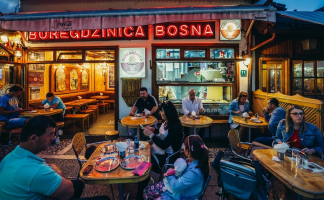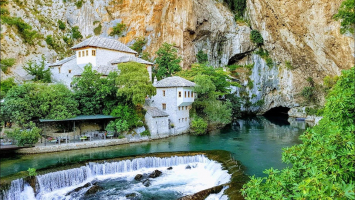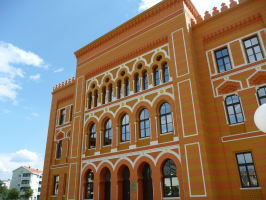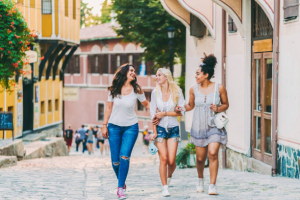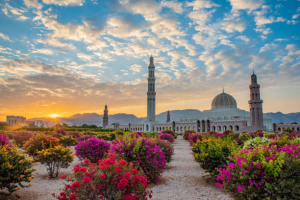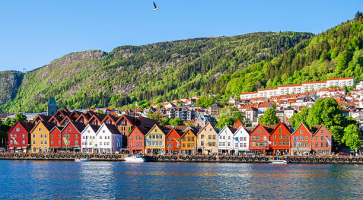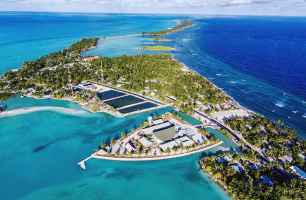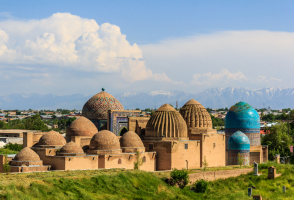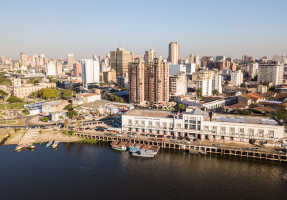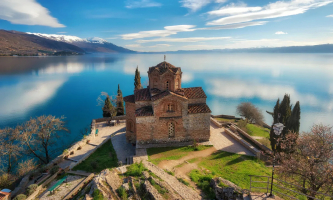Top 8 Reasons to Visit Bosnia and Herzegovina
Bosnia and Herzegovina is a magical country located on the outskirts of Southeastern Europe. This small country has 3.8 million people who are dreamily flowing ... read more...through the beauty of the sun. It has an area of approximately 51.2 square kilometers, but there is much more to that country than the numbers indicate. Everything seems to be forming one coexisting unity of beauty, differences, and love. Without realizing it, this country is assembling all the pieces into a gleaming harmony. When you visit this country, there is a good chance you will want to return, and apparently, you will. And this article is about top of the reasons to visit Bosnia and Herzegovina, which can help you know if you really belong here.
-
Despite the fact that Bosnia and Herzegovina only has one seaside resort, the country has a wide range of landscapes. It is impossible not to fall in love with the landscape while traveling in Bosnia and Herzegovina. Rocky Mountains, turquoise blue rivers, and waterfalls can be found throughout the country. Between their coats, Bosnia and Herzegovina, Croatia, and Montenegro have 25 kilometers of shoreline. This can be seen as one of the Reasons to Visit Bosnia and Herzegovina.
Bosnia and Herzegovina is mostly mountainous. To the south, karst plateaux are crossed by rivers such as the Neretva, Bosna, Vrbas, and Una. The Dinaric Alps, which landlock the country towards the sea, form a very rugged area to the west of the country. The highest mountains are in the far south of the country, near the border with Montenegro, while the land slopes down to the Pannonian Plain in the east, with the river Sava marking the northern border with Croatia for a long stretch. On the other hand, the Drina River forms part of Serbia's eastern border.
The peaks, which include Jahorina, Vlasic, and Bjelasnica, are ideal for hiking and skiing. To appreciate the beauty of this country, take the train between Sarajevo and Mostar through the rugged mountains and canyons that run alongside the turquoise waters of the Neretva River. Bosnia and Herzegovina has some of Europe's most beautiful natural landscapes. From emerald green rivers to Ottoman architecture, this Balkan country has it all and should be on everyone's bucket list. The most impressive natural site is without a doubt the Kravice waterfall, especially during the spring season when the water is plentiful!
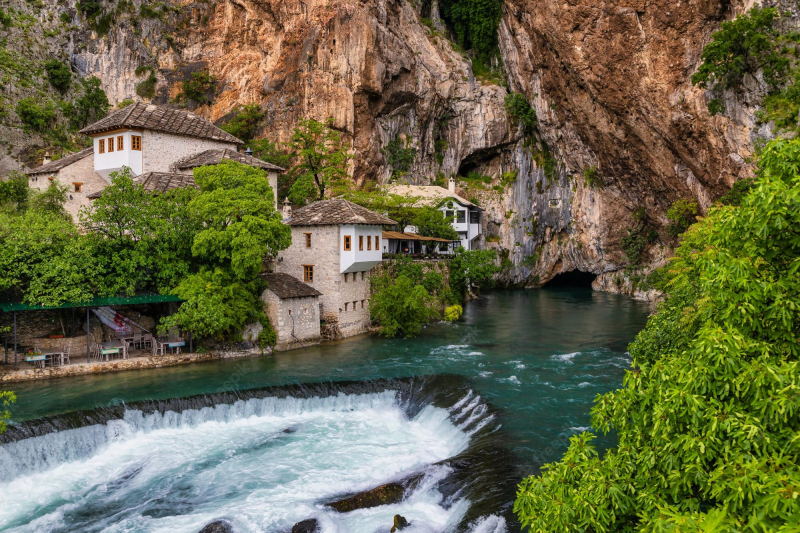
https://www.freepik.com/ 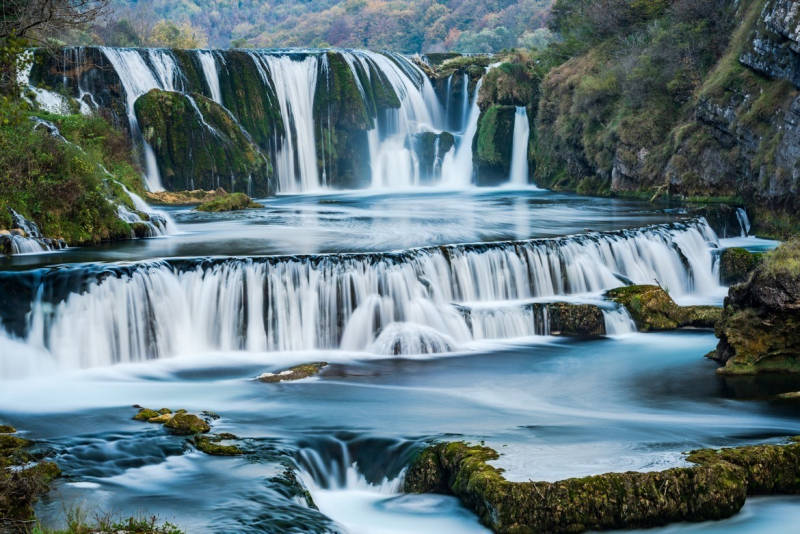
https://www.globeguide.ca/ -
Most countries around the world have a reputation for being welcoming to foreigners, particularly in less-visited places like Laos and Azerbaijan. Bosnia and Herzegovina is no different. People in Bosnia and Herzegovina are generally friendly and welcoming, so don't be surprised if someone strikes up a conversation with you once they learn you're a tourist.
If you are invited to someone's home, remove your shoes before entering. Typically, the host will serve Turkish coffee or rakija (a local spirit). Rakija is traditionally made from plums (ljivovica) or grapes (loza). It's very strong, so don't drink too many of these if you don't want to get drunk quickly! It is also not uncommon for locals to offer you a piece of cheese, fruit, or cake. When such offers are made, "No" is usually not accepted as an answer.
Because recent history (the war) is still a sensitive issue for some, avoid discussing the war and politics unless you know your conversation partner and want to learn more about what happened without taking sides. Bosnia and Herzegovina people typically use English as their primary language of communication with foreigners. You can easily find someone in the cities to assist you with something you don't understand. If you're going to be traveling in the countryside, it's a good idea to learn or, better yet, write down a few words and phrases that will come in handy.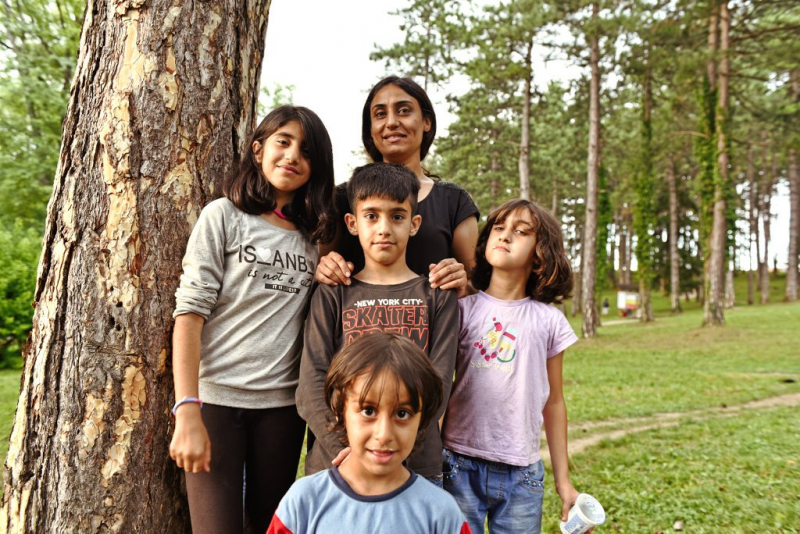
https://www.unhcr.org/ 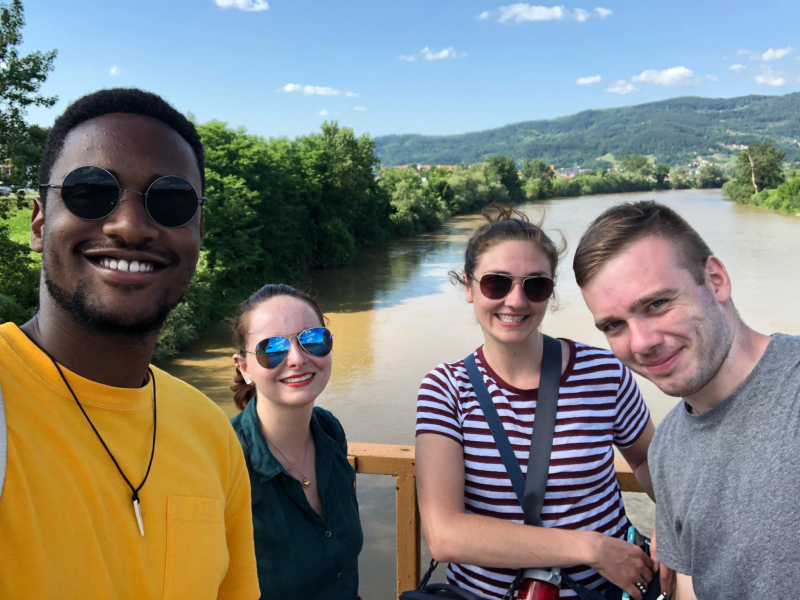
https://humanityinaction.org/ -
Coffee is the social life of Bosnia and Herzegovina. Coffee is more than just a beverage; true kafa is a ritual. It is served in a fildzan, a small traditional coffee cup with no handle. Come to Bosnia and Herzegovina for the coffee of your dreams, the bewitching heavenly drink known as 'Bosnian coffee.' Bosnian coffee is frequently substituted with flavoured instant coffee, espresso, or filtered coffee – all of which, by local standards, contradict the theory of good coffee because they lack granules. The general rule is that the thicker the fabric, the better.
On the surface, Bosnian coffee appears to be similar to Turkish coffee, but locals insist it is not. In a metal coffee pot known as a dzezva, fine coffee grounds are prepared with boiling water. This is then stirred until it turns a cream color and poured into a round cup known as a fildzan, which is frequently served with sugar cubes that are dipped into the coffee to balance out the bitterness. While Bosnian coffee reflects Ottoman traditions, there are also cafes that follow more Western European traditions, such as serving strong coffee with cakes. Sarajevo appears to have an infinite number of cafes where customers can sit back, relax, and watch the world go by.
Although only a few places still serve coffee that has gone through the entire ritual. Allow your nose to lead you to the numerous establishments that serve rich and aromatic hand ground bosanska kafa. Today, most tourists purchase hand-held manual grinders. If you buy a dzezva, make sure it's made of copper. And when you bring this souvenir home, make sure you wash it entirely by hand, remembering the lovely Bosnia and Herzegovina.
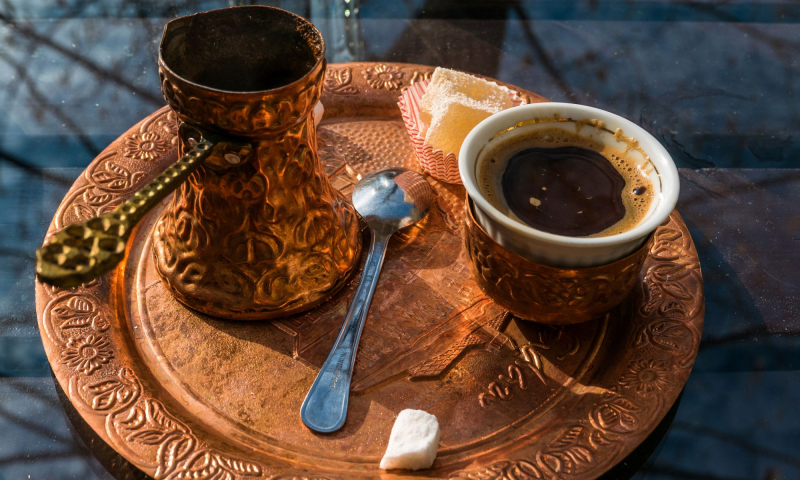
https://www.myrecipes.com/ 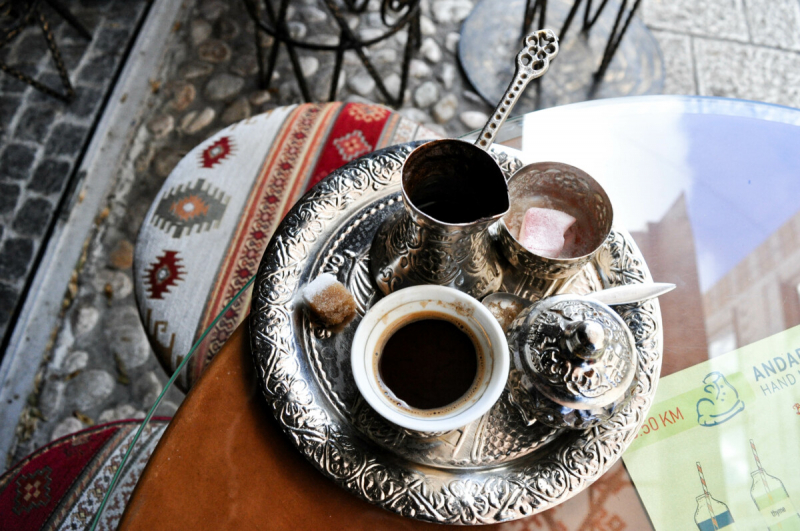
https://cobblestonefreeway.ca/ -
Okay, you know that recommending where and what to buy doesn't really go with budget travel, but it makes sense in Bosnia and Herzegovina. Sarajevo is one of Europe's cheapest capitals, and prices only get lower from there. Clothes, shoes, sneakers, and backpacks are significantly cheaper than in other European countries, including neighboring Croatia and Slovenia. Having said that, visitors may end up spending all of their money at the wonderful bazaars.
It is possible to eat out for as little as 3-5 Bosnian Marks (less than $3). The same is true for haircuts, dental services, medications, and a variety of other services you may require during your journey. In fact, so-called "dental tourism" is becoming popular in Bosnia and the rest of the Balkans, as many visitors find dental services to be of high quality and several times less expensive than in their home countries.
Many people don't have enough space in their suitcases or backpacks to bring everything they need when traveling long distances. So, outlets and secondhand stores are the best places to save money in this situation. There are plenty of those everywhere, and some of them sell used but still good sportswear for your skiing, hiking, or biking trip. It is considered as one of the Reasons to Visit Bosnia and Herzegovina that you should know.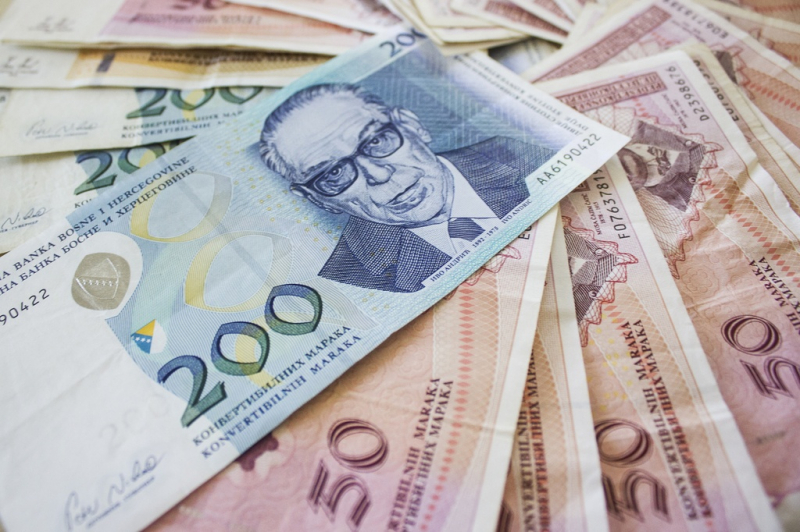
https://blog.continentalcurrency.ca/ 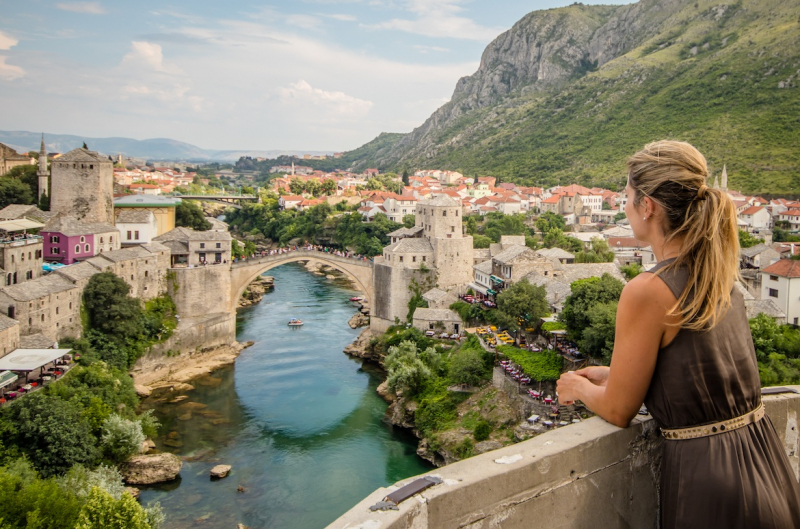
https://choosebalkans.com/ -
Bosnia and Herzegovina inherited the Illyrian wine-growing and production culture, and the Thracians were the first to bring grapevine seedlings to the Balkans. Without the later joined southern part (Hum), Medieval Bosnia was once a renowned wine-growing and producing country. Almost every aristocratic family in the Middle Ages had their own vineyard. This is clear from the first detailed cadastral records from the 15th and 16th centuries. With the arrival of the Turks and the islamization of Bosnia, this type of production gradually faded and eventually died. There are numerous reasons for the grapevine's extinction in Bosnia, the most important of which is war, as grapevine culture necessitates a high level of human involvement.
However, this beautiful country has retained the core values of this type of grape wine production to this day. The wine tours in Hercegovina filled with the aroma of alcohol attest to this. Summer sun beats down on Hercegovina's arid mountains around the charming towns of Trebinje and Mostar. And that sunshine imparts winemaking potential to BiH's classic but little-known grape varieties. Try a zivalka for a dry, fruity white. Meanwhile, blatina and vranac produce velvety, complex reds. If you're driving around Hercegovina, look for the brown Vinska Cesta signs that crisscross the countryside to find a slew of wineries. If you just want to try a few glasses, most restaurants sell domai wine by the carafe, which rarely costs more than €8 per litre. That's a lot less than buying a bottle and ensures you're drinking something truly local.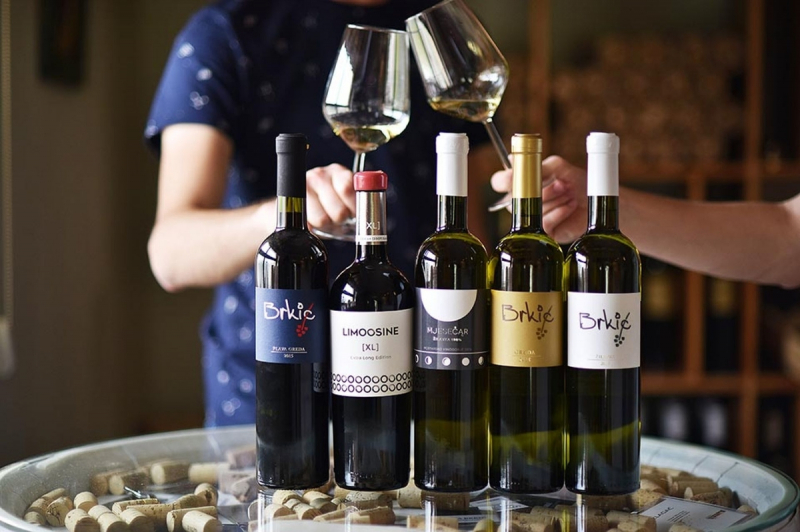
https://www.melainatravel.cz/ 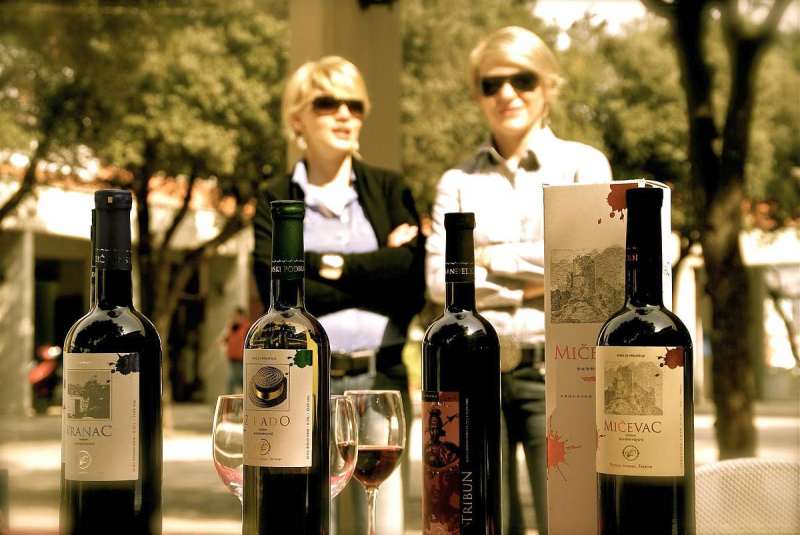
https://www.dubrovnikdaytours.net/ -
Bjelašnica is the highest ski resort in Bosnia & Herzegovina, so you should have plenty of snow for your trip. When it comes to skiing, head to the resort center, where wide-open beginner slopes are just a few metres away. And on the mountain above, there are a few reds and blues that wind down through dense pine forests. The ski area has only 12.5km of piste in total, so getting around is also a breeze.
When it comes to the resort, you have Bjelašnica, which is right at the base of the slopes. Then, a short shuttle ride away, is Igman, a smaller village with only a few hotels. The small resort isn't glitzy, but two of its three hotels are new and trendy, and the slopes are of international caliber. After dark, wherever you stay, things are usually pretty quiet, so your hotel bar is usually the place to be for some après fun. It is one of the Reasons to Visit Bosnia and Herzegovina.
Cross-country skiing is a popular activity in the Veliko Polke area between Bjelašnica and Igman. Alternatively, for a more relaxed mode of transportation, take a horse ride through the wintery forests. There is now the added attraction of floodlit night skiing (6pm-9pm). In the summer, the area of mountain villages tucked behind Bjelašnica offers a plethora of exploration opportunities on foot, mountain bike, or quad.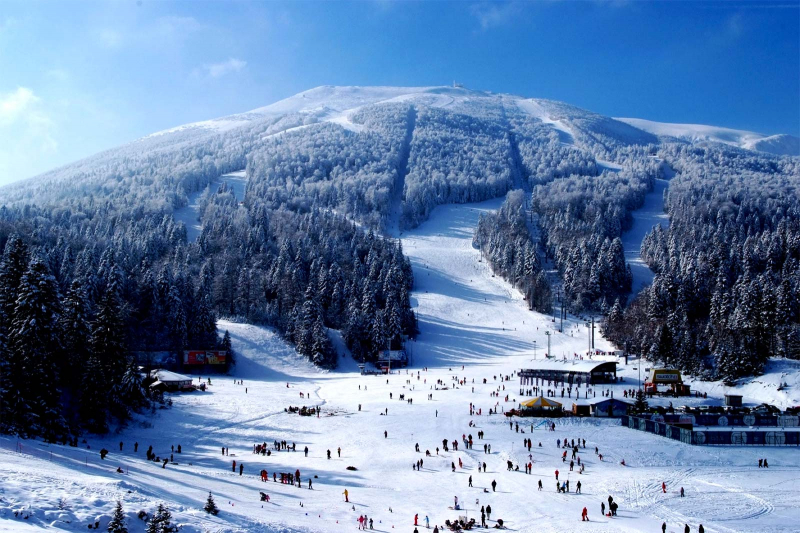
https://funkytours.com/ 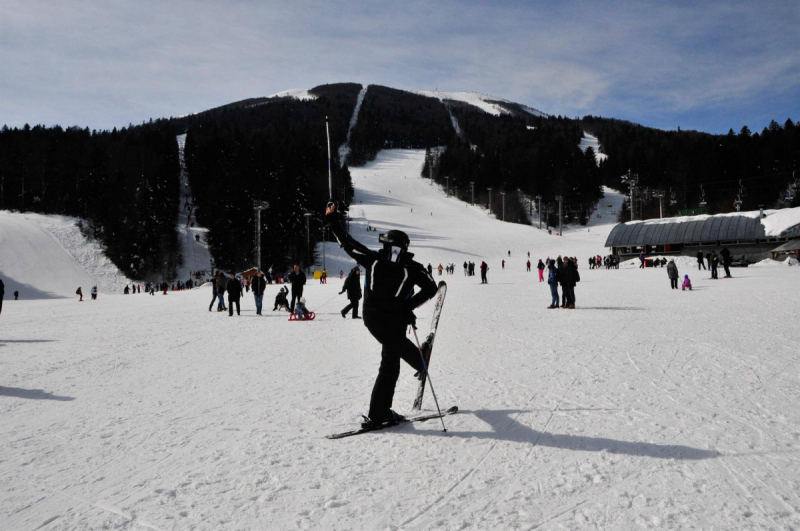
https://visitbih.ba/ -
Bosnia and Herzegovina's cuisine combines Western and Eastern influences. Former Yugoslav, Middle Eastern, Mediterranean, Austo-Hungarian, and other Balkan cuisines are all closely related. Many spices are used in Bosnian cuisine, but in small amounts. The sauces are entirely natural, consisting of nothing more than the natural juices of the vegetables in the dish. Tomatoes, potatoes, onions, garlic, bell peppers, cucumbers, carrots, cabbage, mushrooms, spinach, courgette, dried and fresh beans, plums, milk, paprika, and cream called pavlaka and kajmak are common ingredients. Due to Islamic dietary laws, typical meat dishes include primarily beef and lamb, though Bosnian Croats and Bosnian Serbs can consume pork.
Because most of this region was once a single country, it's difficult to tell which foods are specifically Bosnian and which are from the Balkans in general. Nonetheless, you'll find some excellent food at very reasonable prices. A filo pastry tube filled with your choice of meat, cheese, spinach, or potato for about 75c per piece! Meat platters and delectable homemade breads were also popular. Cevapicici, the most popular dish in these parts, is made up of small mincemeat sausages, bread, and onions. You also won't find such a diverse selection of delectable pies anywhere else in the world. Bosnian Burek is prepared uniquely for the country, and 3 tons are consumed in the city every morning until lunchtime. Bosnia also has some tasty local beers to sample.
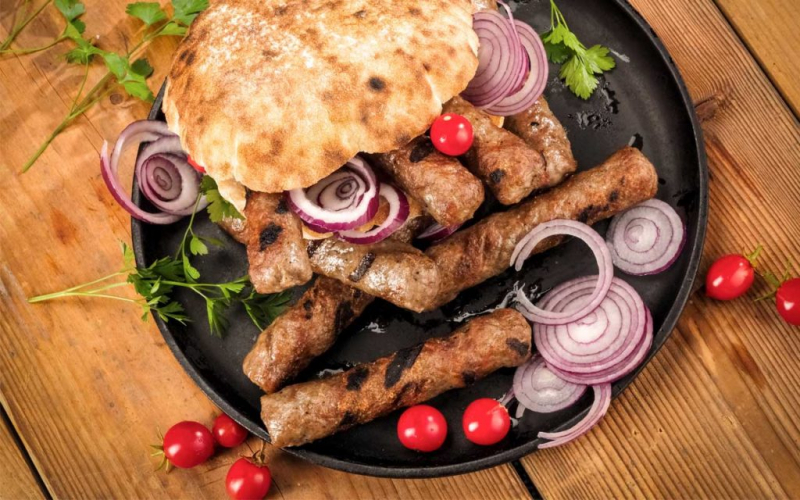
https://nomadparadise.com/ 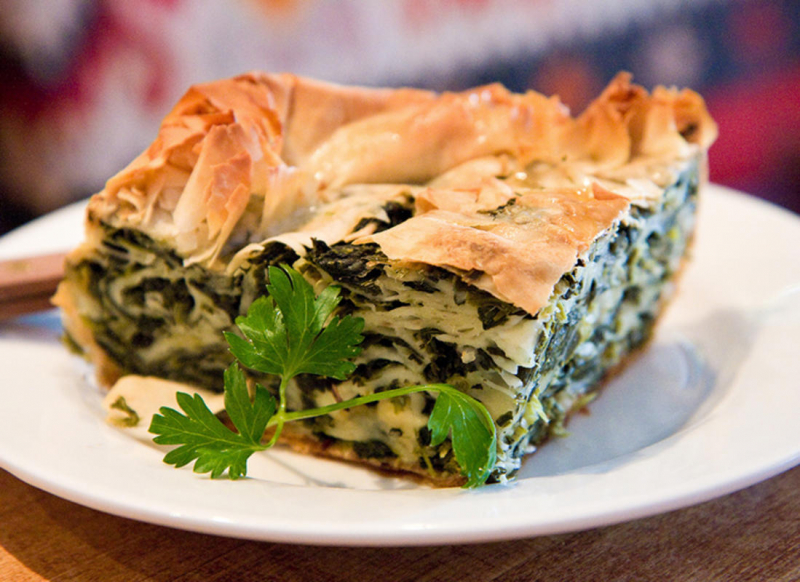
https://www.iexplore.com/ -
Throughout the 16th century, Bosnia and Herzegovina was subject to Ottoman rule. However, this ushered in a new era in Bosnia and Herzegovina art: the era of Islamic art, which flourished until the nineteenth century. Bosnia's architectural heritage is a fascinating mix of medieval Ottoman and later Central European styles where it has survived or been painstakingly rebuilt. Mostar and Sarajevo's old city centers are prime examples, but Travnik has a fine sprinkling of its own, including two old clock towers, a'many-colored mosque,' a fortress, and an array of Ottoman graves.
Travnik was the setting for one of Nobel Prize-winning Bosnian author Ivo Andri's great novels. Meanwhile, the author is honored in a new pseudo-antique town core built as a kind of historic theme park in Višegrad. Bridge on the Drina, Andri's masterwork, was set in Višegrad, and its main 'character' is a real-life 1571 stone bridge. The Mehmet Paa Sokolović Bridge still stands and appears to float in the misty canyon in front of town.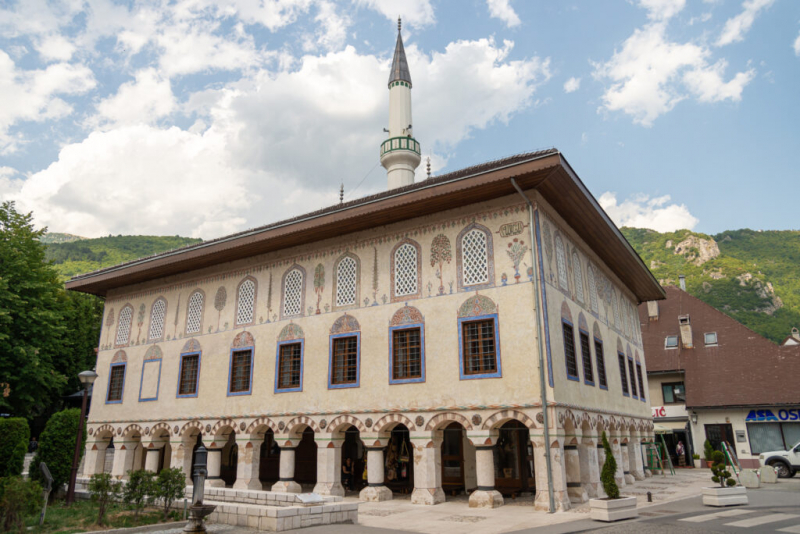
https://www.bradtguides.com/ 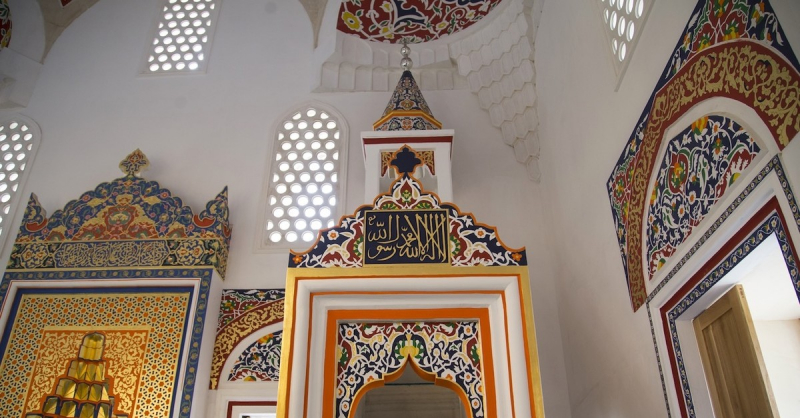
https://www.dailysabah.com/










